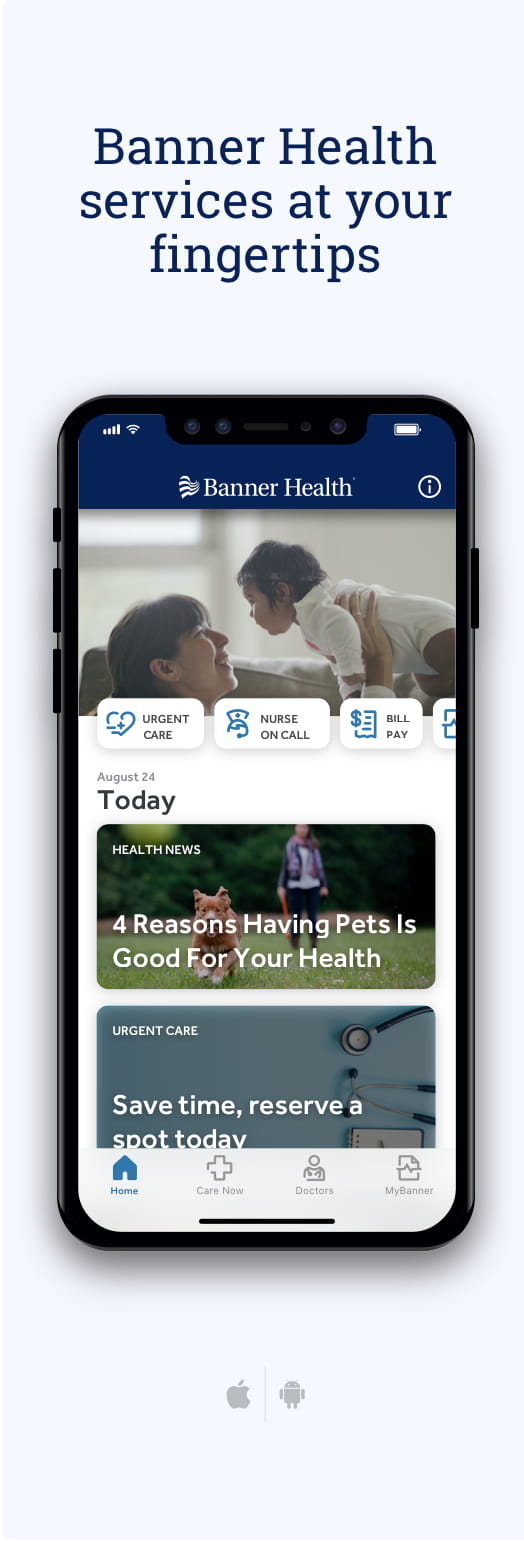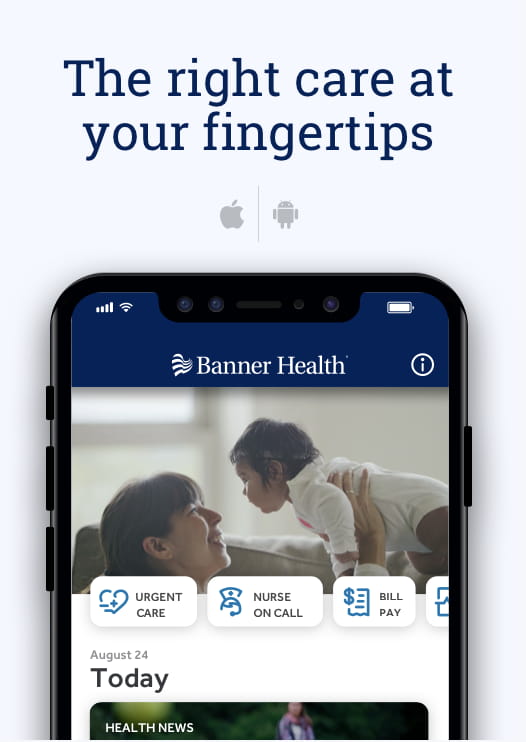You come across advice about what to eat practically every time a health headline lands in your news feed. But how do you get there, exactly? How do you modify your food choices and meals to change your habits? Having a healthy-eating action plan can move your goals toward reality.
Making healthy changes one small step at a time can get you started toward success. You might be tempted to overhaul your diet, but most people end up frustrated by trying to change so much at once, or feeling like they’ve failed when they can’t meet such ambitious goals. Pick the change that’s most important to you and start there. Once that’s a habit, add in another change. Over time, eating a healthier diet will feel almost effortless.
Tyler Florek, a dietitian with Banner Health in Phoenix, AZ, shared a few places to start when you’re looking for ways to start eating healthier.
1. Cozy up to your freezer (and pantry)
Fresh vegetables and fruits can look beautiful and taste delicious. But some of them seem to spoil the second you get them home. And your food budget can take a hit if you’re buying a lot of pricey, out-of-season produce.
Frozen or canned-in-water options can be just as good for you. And they have a long shelf life, so they might be better choices. Plus, frozen and canned fruits and vegetables are often less expensive than their fresh counterparts.
2. Be mindful of your meals and snacks
Try to minimize distractions when you’re eating. When you focus on your food, not on TV, work or social media, you’re more likely to both savor your food and stop eating when you’re satisfied.
And pay attention to your hunger cues. If you put off eating when you’re hungry, you’re more likely to feel tired and irritable. You might be tempted to reach for sugary foods for their quick energy boost without thinking about how you’ll feel after that sugar high wears off.
Keep in mind, though, that being mindful may not work as well for you if you have a history of eating disorders. “That’s because you may have an altered perception of your hunger and fullness cues,” Florek said.
3. Plan on protein
Florek recommends including protein with all your meals and snacks since this macronutrient is vital for feeling satiated. Brainstorm a list of foods that combine protein with complex carbohydrates and/or healthy fats and have them on hand for your meals and snacks. That way, you’ll feel satisfied and have the energy you need to tackle your day.
4. Carve out time for meal planning and prep
Your best-laid plans can go awry if you’re ordering takeout because your fridge is empty. Block off some time to plan and shop for the food you need for the week, or at least for the next few days. If you’re struggling to find the time for shopping or cooking, you may want to consider a grocery delivery or meal delivery service.
5. Shop with a strategy
Marketers work hard to tempt you to spend your food dollars on their products when you’re going to the store, so try to fight back. Go into the grocery store with your list of what you need for the week and stick to it. Follow the advice you’ve probably heard before—don’t shop when you’re hungry since you’re more likely to buy foods you don’t need.
6. Up your water intake
“Hydration is an underutilized concept in eating healthier,” Florek said. Choosing water as your main fluid source can help reduce unnecessary calories, and drinking water before a meal can help you feel full more quickly. If you don’t like the flavor of plain water or you get bored drinking a lot of it, add a splash of lemon or lime juice or a bit of fresh fruit.
7. Don’t overlook the power of a good night’s sleep
You may not think that sleep and nutrition are linked, but Florek said there’s a strong connection between them. “When you are better rested, you are more likely to make healthy food choices,” he said.
The bottom line
When you want to eat healthier, it can be tough to figure out exactly what to change and how to work those changes into your life. By starting with one small change—the one that matters most to you—you can take steps toward meeting your goals.
Need to speak with an expert about nutrition?
Schedule an appointment with a dietitian.


